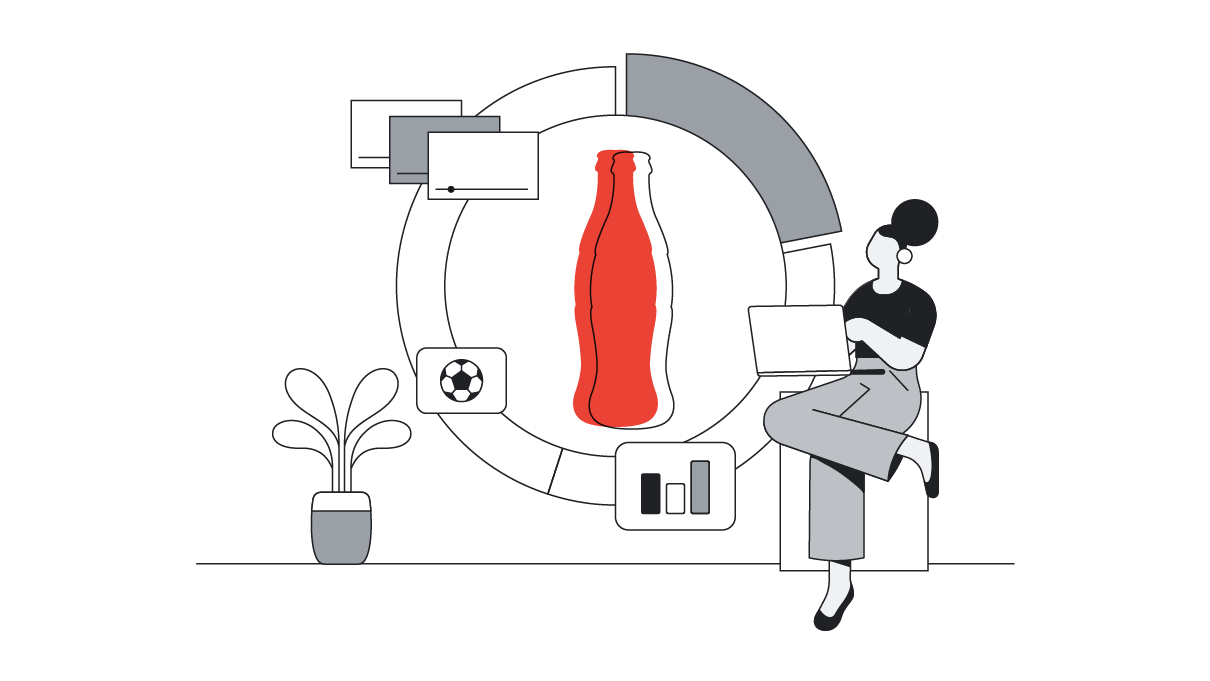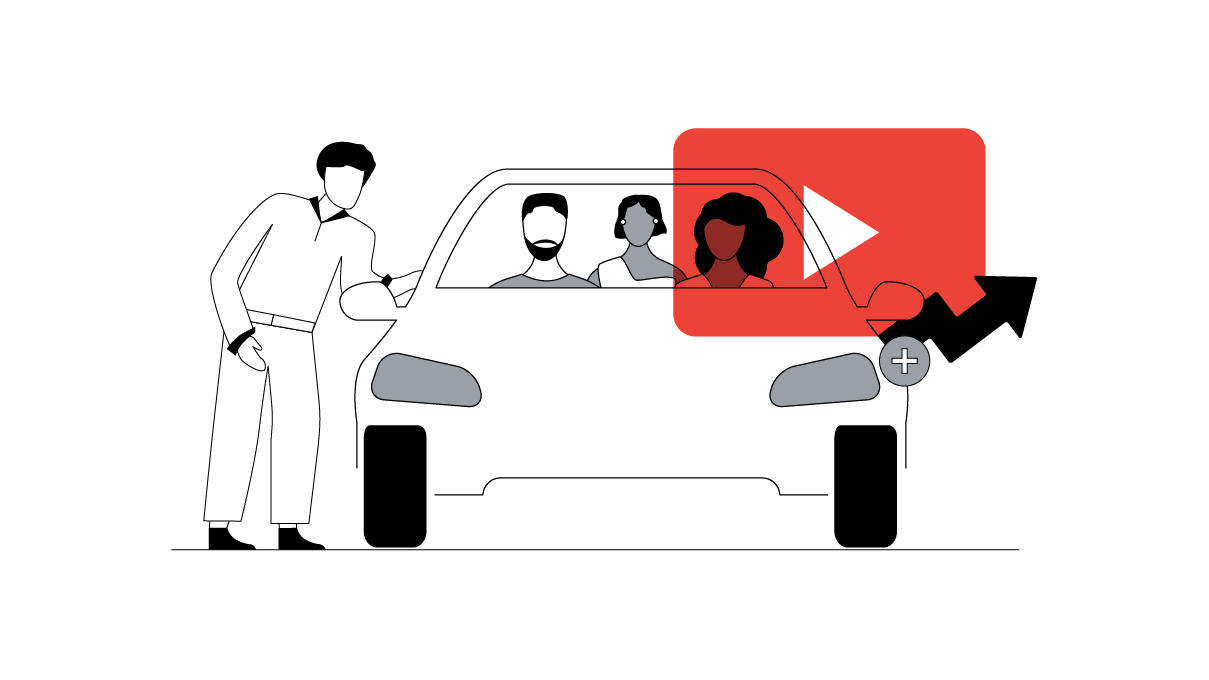Every June, YouTube sees an uptick in LGBT content and interest -and an uptick in LGBT brand messaging, too. But research shows that a highly engaged online LGBT community, as well as millennial women more broadly, are eager for a year-round approach.
Every year, we see a spike in LGBT content uploads in June on YouTube1. June is, after all, LGBT Pride Month in the United States, a month of remembrance and celebration. It not only marks the anniversary of the devastating Stonewall Riots of 1969, but it also marks a milestone in the Pride movement: the Supreme Court decided in favour of Gay Marriage in June 2015.
Within the United Kingdom, Pride has been run by several organisations since the first UK Gay Pride Rally was held in London on 1 July 1972 (chosen as the nearest Saturday to the anniversary of the Stonewall Riots). Today, the Pride in London Parade is the biggest LGBT parade in the UK. Thousands of people come together to walk the event through the streets of London and to celebrate the Pride movement.
Brands interested in connecting with LGBT consumers often share Pride-centric messages in June. But it turns out that LGBT content provides opportunities well beyond June and beyond this key demographic.
YouTube’s latest research shows a global increase in interest in LGBT content throughout the year. Searches for phrases containing “LGBT” on YouTube doubled from 2015 to 20162. Annual viewership of LGBT content on YouTube grew 76% in 2016, and is expected to reach nearly 5B views in 20173.

What else should brands consider as they make their messaging more LGBT-inclusive?
The LGBT community wants to be seen
LGBT viewers specifically want to see brands take a stand on LGBT issues. A majority of LGBT people on YouTube said they were more likely to buy from a brand that takes a stand on LGBT issues4.
But that doesn’t necessarily mean an ad has to carry overt LGBT political messaging or focus on the experience of being LGBT. The mere act of including LGBT people carries a lot of weight. In fact, half of the LGBT people on YouTube surveyed said they were more likely to buy from a brand that includes LGBT people and messages in their ads5.
One example: Coca-Cola recently released a clip as part of its #TasteTheFeeling campaign. The ad features a wild race between two siblings to offer the household Pool Boy a Coca-Cola and quench his thirst. To their surprise, someone else may just get there first.
Brand progress, but room for improvement
The LGBT community also acknowledges that they’re seeing more LGBT-friendly advertising than ever. Nearly 7 in 10 self-identified LGBT viewers said that brands are doing a better job today than five years ago at representing LGBT people in their ads6.
That said, there’s still room for improvement; four in 10 still feel brands aren’t fairly representing LGBT people in their ads7.

Online video leads the way
Interestingly, the majority of self-identified LGBT respondents see positive change for LGBT people on YouTube in a way they don’t in traditional media8.

If the majority of LGBT viewers see a positive change on YouTube that they don’t in traditional media, it’s in part because of LGBT creators giving voice to these communities. Take the Chosen Family series that YouTube creator Tyler Oakley is sharing with his 8 million YouTube fans this Pride month. As Tyler says in the trailer, “For 10 years I’ve been sharing my story, but now I want to share ours.”
There are more of these stories than ever on YouTube—and more demand than ever for them. The number of LGBT channels globally has more than doubled over the past two years9. All time viewership of LGBT content has reached over 7 billion views across nearly 30,000 channels10. Even more important to brands, these creators are highly engaging: shares of videos by LGBT creators have tripled over the past 2 years globally11.

The halo effect: Millennial women
LGBT-friendly ads aren’t just resonating with LGBT viewers: Women of all sexual orientations on YouTube prefer LGBT-friendly ads. The majority of Millennial women on YouTube say they are more likely to remember a brand that’s LGBT-friendly12. Women are also more likely to engage with a brand that’s LGBT-friendly in their ads13.
Millennial women on YouTube are more likely to remember and more likely to engage with a brand that’s LGBT-friendly in their ads.
Moving forward
An extremely engaged audience eager for more content is clearly an opportunity for progressive brands who can align with the LGBT community—and do so respectfully and authentically.
As the data shows, the approach will not only grow the LGBT consumer base but is likely to garner the attention of wider audiences.





